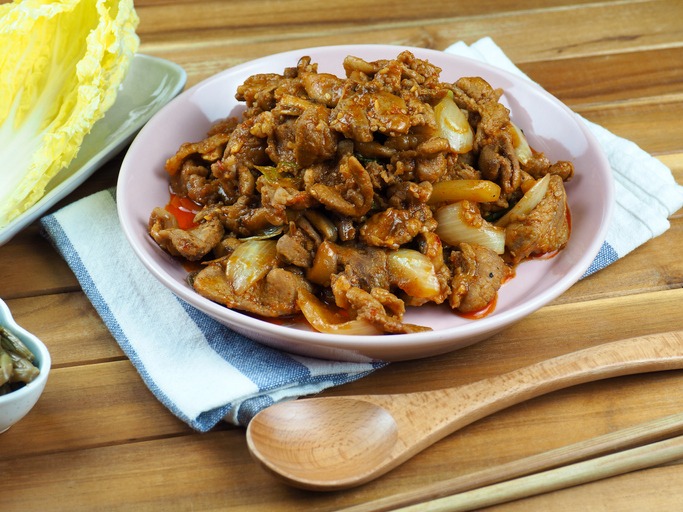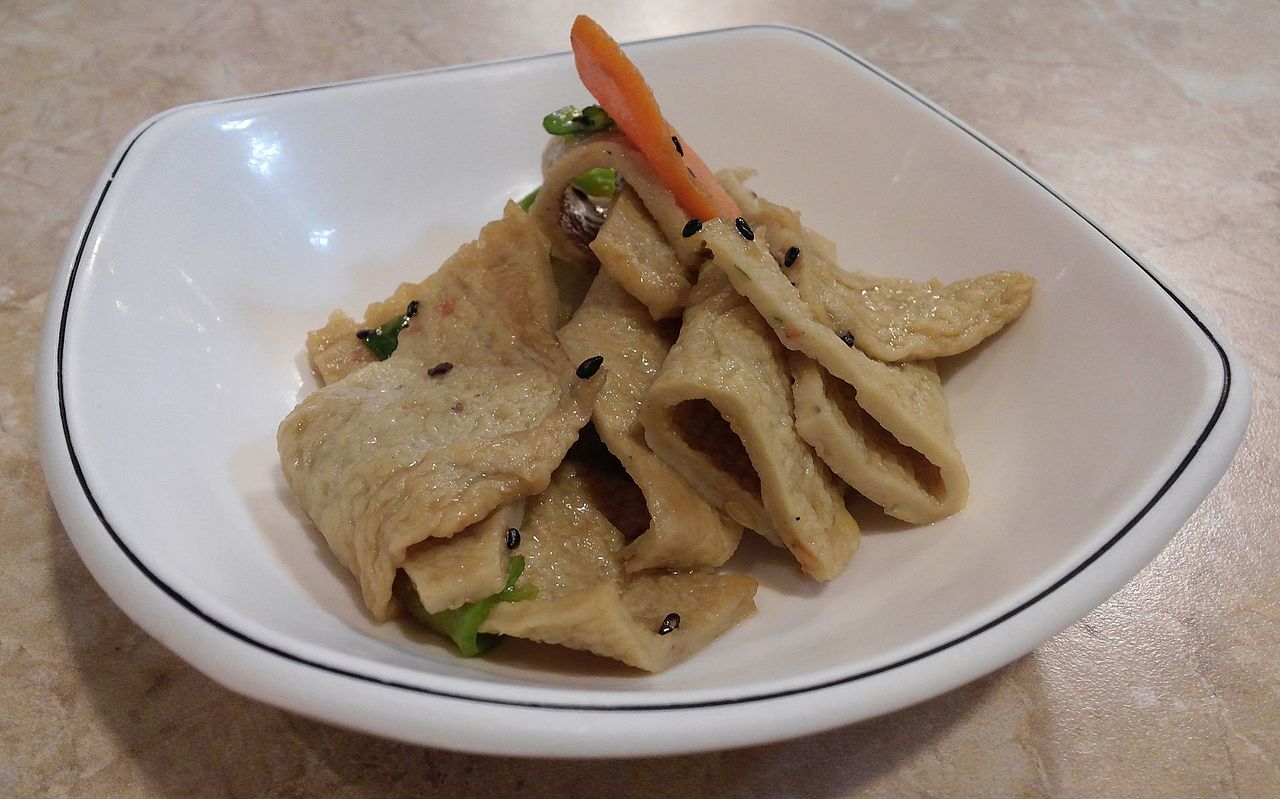Korean cuisine usually consists of rice, vegetables, and spicy ingredients. One of the best to combine all of these ingredients is the Bokkeum, a name used in many Korean spicy stir-fried dishes. The name comes from the Korean word “bokkda”, which means “to fry.”
The dish commonly contains green onions, carrots, green chili peppers, green onions, and a spicy season mix made from garlic, soy sauce, gochugaru (red chili pepper flakes), and gochujang (red chili pepper paste).
Besides those ingredients, you can add certain types of meat and seafood in the dish such as pork, squid, or octopus.
While there are many types of Bokkeum, a few are better tasting than the others. Here are some of the most known ways to prepare Bokkeum.
Ojingeo-bokkeum
Arguably the most famous bokkeum type on the list, squid is the primary ingredient used in this type of Bokkeum, which is sliced into bite-sized portions to compliment the smaller vegetable pieces better.
The vegetables are commonly cooked first before putting the squid in the pan, as the squid can turn rubbery if it is overcooked. It usually takes less than 2 minutes to cook squid in high heat.
Jeyuk-bokkeum
While the Ojingeo-bokkeum has squid as an ingredient, the Jeyuk-bokkeum has pork in it. Commonly known as stir-fried pork outside Korea, this dish primarily uses bite-sized pork belly pieces as its main ingredient.
The pork needs to be placed in the pan first before the other ingredients as it takes longer to cook than a squid.
Myeolchi-bokkeum
A non-spicy bokkeum, the Myeolchi-bokkeum contains fried anchovies that make it crispier than any other dishes on this list.
The Myeolchi-bokkeum is served as a side dish or a snack rather than a main dish.
Nakji-bokkeum
The most recently invented Bokkeum type; the Nakji-bokkeum uses a long arm octopus as the primary ingredient.
The long arm octopus, also known as octopus minor, is a species commonly found in Korea, China, Japan, and Sakhalin. Its Korean name “Nakji” means “baby octopus” since it has smaller proportions compared to the giant octopus.
Nakji-bokkeum was first introduced to Koreans when Park Mu-Sun revealed the dish in 1965 at the Korean Export Insurance Corporation located at Seorin-dong, Seoul, South Korea. After Park Mu-Sun introduced this new type of Bokkeum, restaurants all over South Korea started copying her recipe. Believing that the original recipe will taste better than the others, Park Mu-Sun opened the Wonjo Halmeoni Nakji Center in 1972 to serve her specialty dish to the public.
Jukkumi-bokkeum
Another bokkeum that uses octopus as the main ingredient, the Jukkumi-bokkeum has the webfoot octopus in it instead of the long arm octopus.
Webfoot octopuses, commonly found in the Philippine Sea, got their name due to their tentacles having web-like structures that connect them together.
Aehobak-bokkeum
Korean zucchini, shrimps, and fermented shrimp sauce are the added ingredients in this bokkeum dish.
The Korean zucchini, also called Aehobak, is technically not a zucchini since it has a softer texture and thinner. The Aehobak can be cut into thin slices or chunkier bite-sized pieces before being stir-fried.
Kimchi-bokkeum
Stir-frying kimchi results in another bokkeum type called the Kimchi-bokkeum. There is no need to add other vegetables in this dish since kimchi already has fermented vegetables in it. The only other ingredients needed to complete the kimchi-bokkeum are the gochujang and a teaspoon of sugar.
Eomuk Bokkeum
Eomuk Bokkeum is a type of bokkeum that uses eomuk or fish cakes as the chief ingredient. Korean fish cakes are made of potato starch, sugar, and white fish such as cod or flounder.
This type of bokkeum is served not only with fish cakes, but with red and green bell peppers as well.
Songi-bokkeum
A rare bokkeum dish that has Matsutake mushrooms included as an ingredient.
Matsutake is a sought-after ingredient in Korean cuisine because of its fruity and spicy aroma, which can give dishes complex and layered flavors similar to what a truffle can do.
These mushrooms are difficult to find due to its specific growth requirements. With the high demand and low supply for these mushrooms, the price for a kilogram can go for $90, while the highest grade goes for up to $1,000.
Bokkeum-bap
Bokkeum-bap is a variation of bokkeum which is usually served after cooking the remains of a stir-fried dish with leftover rice.
Koreans usually request this dish at restaurants whenever they want to eat their leftover dish at the table. Cooks would then add rice to serve it as a complete meal.
Tteok-bokki
Tteok-bokki is a type of bokkeum that contains rice cakes, an ingredient made from non-glutinous rice molded into long cylinders. This rice cake dish can also be served with fish cakes, scallions, or eggs.
There is a non-spicy variant of the tteok-bokki called the gungjung-tteok-bokki which only uses ganjang (soy sauce) without any gochujang.
As evident in the list above, there are undoubtedly many ways to cook Bokkeum. Some people can even invent their special Bokkeum like what Park Mu-Sun did with her Nakji-Bokkeum. You can try to mix-and-match ingredients or create your recipe in cooking Bokkeum, but remember to add ganjang or gochujang to complete the dish.

